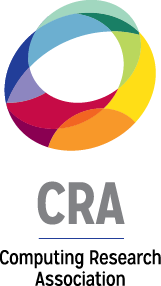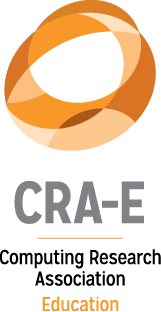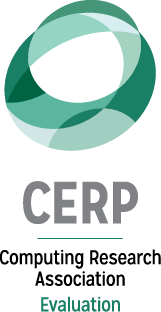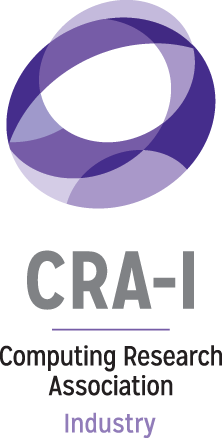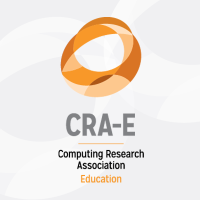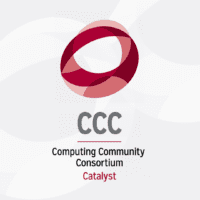Expanding the Pipeline: An Ecosystem for the Integration of AI in Education
By Thomas K. F. Chiu, Chinese University of Hong Kong
Integrating AI into education might worsen educational inequality, which depends on educator and learner AI competency, as well as the quality of AI educational technology. AI applications have the potential to su pport learner self-regulated learning.
However, most of these applications, like ChatGPT and Midjourney, are not intentionally designed for education purposes with inclusivity in mind. They may favor learners who already have strong academic performance, AI competency, and critical thinking. Learners with less competency and experience may struggle to benefit from AI applications.
To mitigate these risks, it is crucial to ensure that AI applications should not be repurposed for educational purposes; rather, they should be developed for educational purposes intentionally. We also need to ensure all young learners should be competent to use AI throughout their lives, study, and work.
Therefore, we may need to consider these two questions for integrating AI in education. What are the potential challenges associated with this integration? What can we (as computer science professionals) do to address these challenges?
What Are the Potential Challenges Associated with AI Integration?
1. Educational Gap in AI Applications Development
The current development of AI applications is not appropriate for the learning needs of less knowledgeable learners. The less knowledgeable learners may not be able to make appropriate judgments on the output generated or recommended by the applications. They only passively receive the resources and complete assignments without the requisite critical thinking, resulting in no learning.
These applications may not be effective for learning, i.e., not genuine educational technology, falling into a dilemma of ChatGPT vs. EduGPT (the latter is anticipated to generate outputs with reduced general biases and errors). Examples of EduGPT include LLMs for mathematics learning in grades K-16, literature searches in higher education, and language learning in all ages.
2. Insufficient Student Learning Opportunities for AI Competency
AI is ubiquitous in our lives. All learners should be competent enough in AI to live, learn, and work with it. They should have a fundamental understanding of what AI is, how it processes data, and its ethical and societal implications. Knowing and understanding AI is not enough. They must possess the confidence to use AI ethically, healthily, safely, and productively in a specific context. However, our learners lack the learning opportunities to enhance their AI competencies.
3. Insufficient Student Prerequisites or Prior Knowledge
Learners must possess a solid understanding of the relevant prior subject knowledge to properly regulate their learning with AI. Prior subject knowledge is strongly associated with critical thinking. For example, learners without a programming background are less able to judge whether outputs generated by AI applications, like GitHub Copilot, are appropriate or not for their learning. Using AI in learning could be overwhelming for learners without prior experience and subject matter expertise.
4. Limited Access to High Quality AI Educational Applications
Access to high-quality AI educational applications is another critical factor. Learners in underfunded/under-resourced communities, school districts, and public institutions often lack exposure to the equipment, tools, and software necessary to advance their learning. This disparity means that the disadvantaged learners may not have the learning opportunities to learn AI and learn with AI.
What Can We Do to Address These Challenges?
In this article, I suggest two views — macro (ecosystem) and micro (co-design process and AI competency for all) — to address multiple facets of educational inequity for AI.
1. Education Ecosystem for AI
Collaborations between universities, schools, industries, content providers, and governments are also critical for eliminating systemic barriers to education equality and ensuring that all learners have equal opportunity to succeed. It’s critical that donated AI tools and applications are vetted for biases that any particular company may want to inject so as to avoid indoctrination (religious, political, racial, etc.).
Tools and applications should be culturally responsive to the learner rather than promulgating thinking that may not be diverse, equitable, and inclusive. We should establish an education ecosystem for AI to facilitate and sustain these collaborations. It is a network of interconnected stakeholders who assist learners and provide high-quality education that is both inclusive and diverse.
This ecosystem should value each stakeholder and their involvement in accomplishing the common objective—AI for quality education. Each stakeholder plays a unique and complementary role in ensuring equilibrium. They work together to create an environment that promotes effective learning by giving learners opportunities and effective resources, like EduGPT and effective adaptive learning, for free or at a low cost. The ecosystems can improve student learning experiences in all levels by offering high-quality AI educational applications.
2. Co-Design Process
Designing and developing high-quality AI educational applications requires collaboration from learners, educators, researchers, and developers, and should be culturally responsive to the learner. To improve their comprehension of educational data, AI educational technology developers should employ a co-design process to integrate viewpoints from the stakeholders.
For example, educational data encompasses the different interactions between content, teachers, and learners. Instead of developing applications purely for their personal convenience, developers use a genuine co-design process to produce applications that explicitly address the demands of teachers and learners.
3. AI Competency for All:
AI competencies should be included in K-16, which calls for universities and schools to provide related courses or curriculum for all learners, especially those with disabilities. We should move from AI literacy (more about knowing) to AI competency (more about applying the knowledge in an effective and beneficial way).
For example, all the faculty in a given university can design their own AI competency courses for their student needs; all learners in middle school can learn about AI. It is very important for AI professors to work with different faculties and schools to develop those resources and curriculum for diverse learner needs.
Final Words
This article explores several challenges and potential actions related to the integration of AI in education. The integration of AI in education is still in its early stages, with numerous unresolved concerns. AI is interdisciplinary, and computer science professionals can assist stakeholders in the educational sector to develop an ecosystem and effective AI educational applications.
About the Author
 Thomas K. F. Chiu is an Assistant Professor of AI and education at the Chinese University of Hong Kong. He has a strong academic background in software development and mathematics. He is a professor member of ACM and was a software developer and an Oracle trainer. He is consistently named in the top 2% most cited scientists by Stanford University. Currently, he serves as an editor/associate editor for four international journals in educational technology. He has collaborated with local, regional, and international scholars to develop AI and education programs for schools and universities.
Thomas K. F. Chiu is an Assistant Professor of AI and education at the Chinese University of Hong Kong. He has a strong academic background in software development and mathematics. He is a professor member of ACM and was a software developer and an Oracle trainer. He is consistently named in the top 2% most cited scientists by Stanford University. Currently, he serves as an editor/associate editor for four international journals in educational technology. He has collaborated with local, regional, and international scholars to develop AI and education programs for schools and universities.


